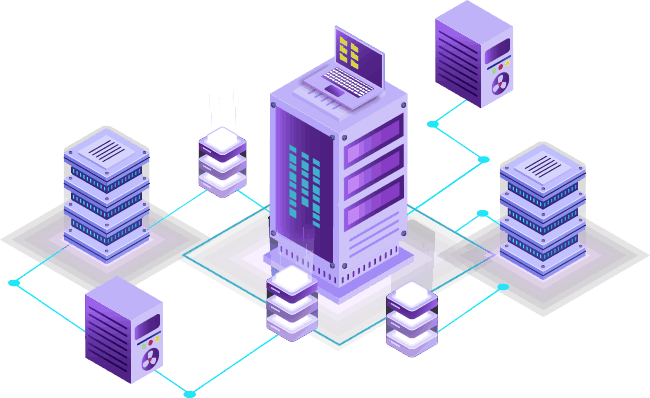Currently Empty: 0.00 €
AI Networking Prompts Cheat Sheet
System administrators and network professionals rely on structured guidance to manage, troubleshoot, and optimize their networks efficiently. This AI Networking Prompts Cheat Sheet consolidates the most essential prompts to streamline your workflows and eliminate the need for extensive searches.
Whether you’re addressing latency issues, optimizing load balancers, or hardening network security, this guide provides actionable prompts to simplify complex tasks. It functions as a practical reference, much like popular cheat sheets for Helm or Kubernetes, tailored specifically for network configuration and troubleshooting.
Enhance your network management efficiency with these AI-driven prompts and maintain seamless, secure, and high-performing network operations.





